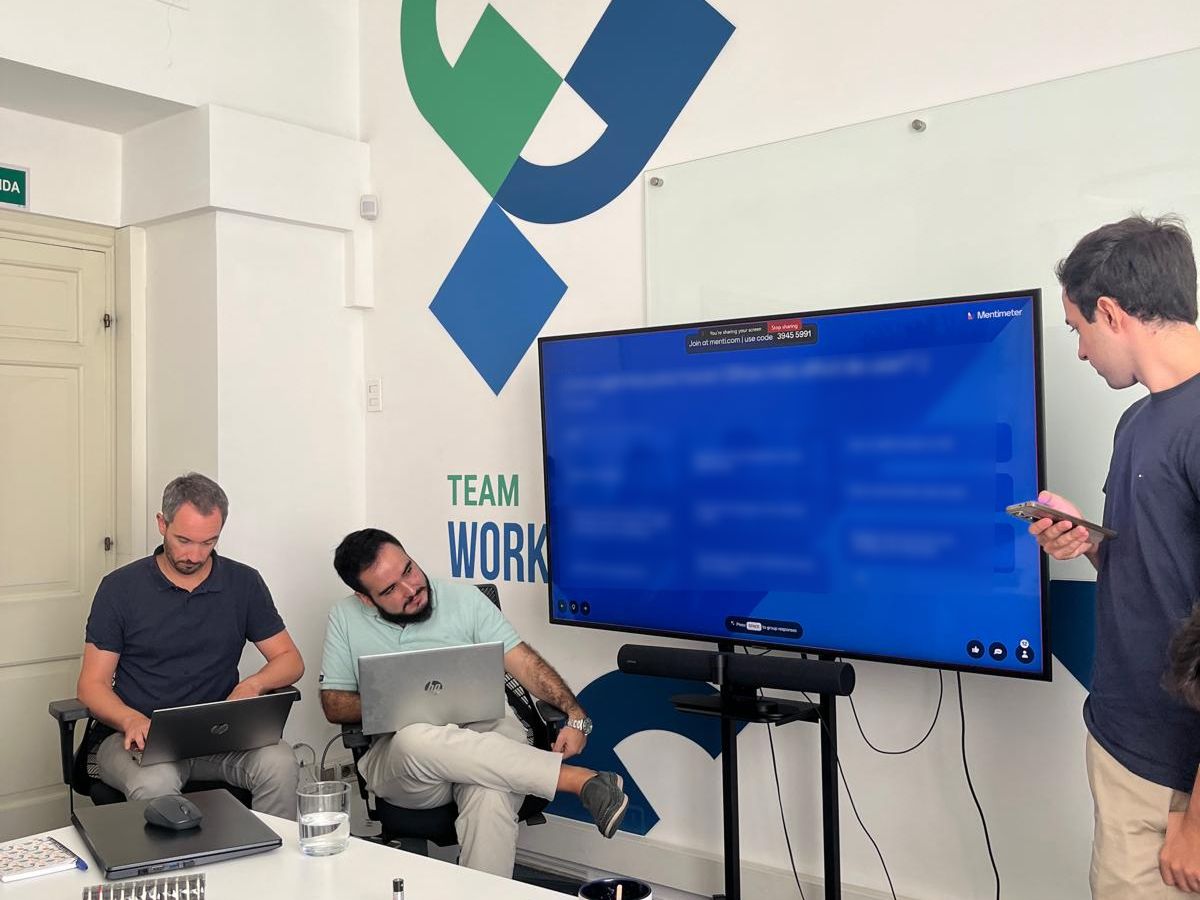In our commitment to continuous training and innovation in analytical solutions, we conducted a specialized Power BIworkshop designed to strengthen the technical team’s skills, optimizing the management and analysis of business data.
Objectives
The main goal of the workshop was to train the team in the strategic use of Power BI—the business analytics suite that enables interactive, real-time data visualization—in order to:
- Improve data management and visualization.
- Apply advanced transformations using Power Query.
- Design efficient and optimized data models.
- Implement interactive dashboards and automated reports.
- Explore the use of DAX for advanced analysis and custom metrics.
The Workshop
During the session, key aspects of Power BI were explored with a practical approach, focusing on connecting to different data sources, efficient data importation, and transformation. The workshop delved into data modeling, establishing relationships, and optimizing report performance. Additionally, DAX functions were analyzed for creating measures and calculated columns, allowing for greater flexibility in analyses.
Regarding visualization, the design of dashboards featuring interactive charts, cross-filtering, and in-depth data exploration was addressed. Finally, the workshop explored Power BI’s artificial intelligence capabilities, including trend prediction and pattern detection in data.
Enhancing Business Digitalization with Power BI
The adoption of Power BI represents a key step in the digital transformation of companies. Its ability to centralize, analyze, and visualize data in real time facilitates strategic decision-making by eliminating dependency on fragmented processes and accelerating the generation of valuable insights.
At Urudata Software, we aim for our teams to be prepared to face market challenges with cutting-edge tools like Power BI.
The participants highlighted a better understanding of the complete data flow and greater autonomy in report generation.
Additionally, learning advanced functions allowed us to optimize working with large volumes of information and improve data-driven decision-making.





